Is Satisfaction the Enemy of Creativity?
5 years ago by

Creativity is a fickle friend. She won’t show up to your dinner party when invited, but she will show up at your house unannounced at 10 PM exclaiming that she’s ready to go dancing and that you’re coming with!
Why is that so?
This year, after two major family health scares and a career change threw my life out of orbit, creativity came knocking at my door. From journal pages to iPhone notes to articles, I was in no short supply of words that begged to be put on paper and screen. I was also taking pottery classes and making jewelry at home.
On one hand, I knew this creative surge was spurred by a personal expedition to find anything that could help me to release or distract. On the other, I couldn’t really determine where it had come from nor how long it would stay.
However, since things took a turn for the best in January, I’ve found myself happy and more content than I have been in months. I’ve also felt less creative.
This brings me to a question that’s come up for me since my creative flow stagnated: “Is satisfaction the enemy of creativity?” From what I’ve gathered through my research and personal experience, it seems as though satisfaction does perhaps stunt creativity. Whether it is the total enemy or not remains to be seen.
“When you’re too comfortable, you lose that little bit of an edge and desperation. There is material, creative, and spiritual satisfaction. If you’re an artist, I don’t think you ever have the luxury of experiencing creative satisfaction. You will always feel driven to create the next thing,” says Mary Gabriel, the author of Ninth Street Women.
Mary knows the relationship between creativity and satisfaction well. From her quote above to her book, she covers in-depth, whether intentionally or unintentionally, the careful balance that exists between satisfaction and creativity.
Her division of satisfaction types is also essential to this discussion. Material refers to things like money and fame, while spiritual encompasses emotions and inner drive, and creative satisfaction essentially covers what one makes, from books to sculptures to paintings and beyond. For the purpose of this piece, we will primarily discuss creativity as it relates to art, though creativity exists far beyond the artistic realm.
The artists of Ninth Street Women are all influenced by lack of material, creative, and spiritual satisfaction in some capacity. Starting with material satisfaction, you see artists like Elaine de Kooning living at or below the poverty line while reaching creative peaks. And on the other side of that, you see artists like Jackson Pollock reach material satisfaction with money and fame, and it takes a toll on their spiritual satisfaction. Perhaps it’s a good thing that all forms of satisfaction can’t coexist, especially if it’s the “edge and desperation” dissatisfaction provides that drives someone to succeed.
In personal experience, I’ve always felt my most creative when I’m lacking in spiritual satisfaction. For example, if the emotional spectrum is a racetrack, I’ve stopped at every pit stop this year. From the health scares and job change mentioned above to an amazing new relationship, my emotions have oscillated between fear, excitement, anxiety, and joy over the last twelve months.
As creatively productive as I’ve felt, I hated the thought — and still do — that perhaps my ultimate state of creativity relies on dissatisfaction. I enjoy contentment as much as the next person, but it doesn’t seem to benefit my creative process.
This phenomenon is echoed in Ninth Street Women.
Grace Hartigan, the artist who inspired Mary to write the book, bucked the status quo of the day, rejecting the quiet, material satisfaction that was expected of a woman during her time who was, for lack of better words, well taken care of. In pursuit of her art, she rejected comfort and she struggled materially and emotionally. It was these levels of dissatisfaction, of “edge and desperation,” that drove her art.
With my discussion with Mary and her book in mind, I wanted to also speak with two artists I admire: Laura Berger, a painter, and Piper Dalton, a knitwear designer. I asked them both: “Would you say that you are generally more creative when you’re unsatisfied? If not, what emotions tend to “stoke your creative fire?”
Laura said, “That is a hard question because I think maybe I’m never satisfied! So, I guess yes, because I do enjoy creative work for sure and I can tell when I haven’t been doing anything creative for awhile. I get very depressed and anxious…I don’t usually have a choice about when I want to be making things, so pretty much any emotion I’m feeling has to serve as fuel for me to get down to it and get some work done.”
Piper answered, “I’m not sure if I would label it as unsatisfied, but definitely a certain feeling of restlessness and a deep desire to see what comes next. I also find that I am creative under pressure, a deadline usually gets me swinging into gear.”
Laura and Piper both emphasize the point that maybe when you’re an artist, or when creativity is your job, you don’t have the luxury of ever feeling completely satisfied. Maybe you crank out some subpar pieces to pay rent or you turn in something that wasn’t your favorite creation because of a strict deadline. Many factors, both internal and external, come together to enhance or detract from the relationship between satisfaction and creativity.
It sounds like a bummer that maybe satisfaction in all its iterations can’t coexist with creativity. However, I want to point out that satisfaction and happiness are not synonymous. You can be happy and be very creative. Being dissatisfied is different, though. Dissatisfaction is like an itch you need to scratch.
My realization is this: I think it’s an overreach to say that satisfaction is the enemy of creativity, full stop. I think it’s more correct to say that satisfaction is a multi-faceted concept and sometimes, in its many versions, it has the potential to both increase and decrease levels of creativity.
What do you think?













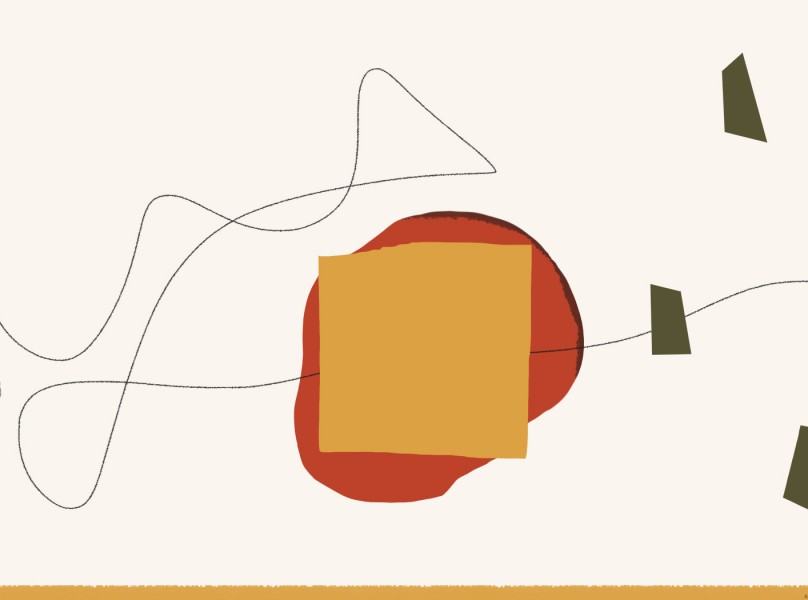










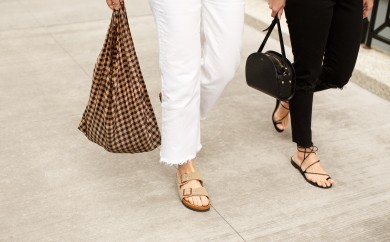
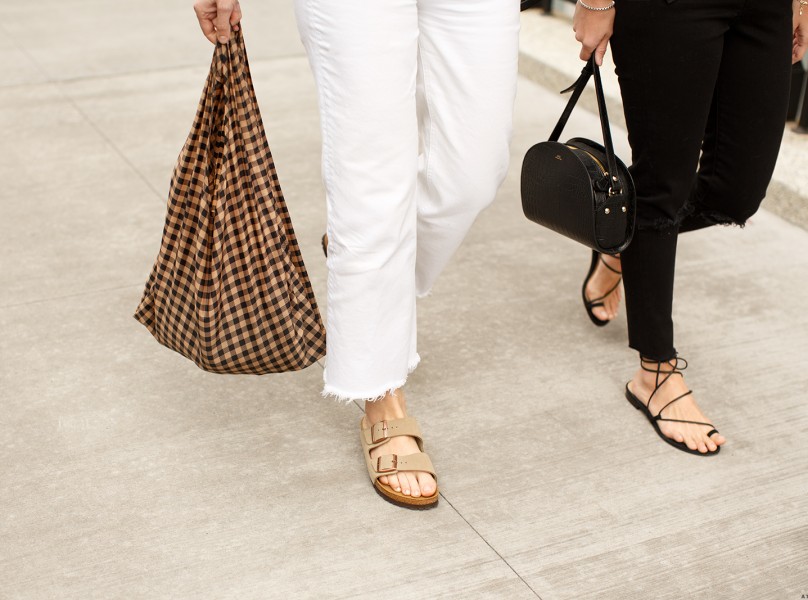
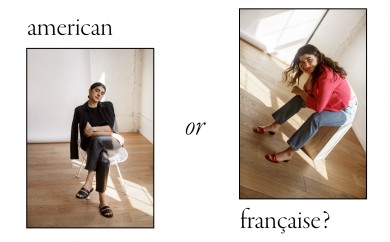
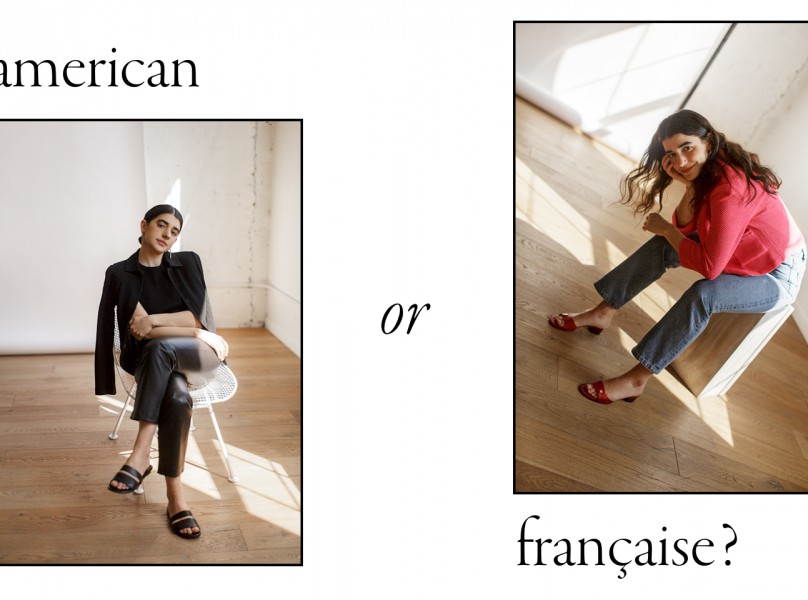

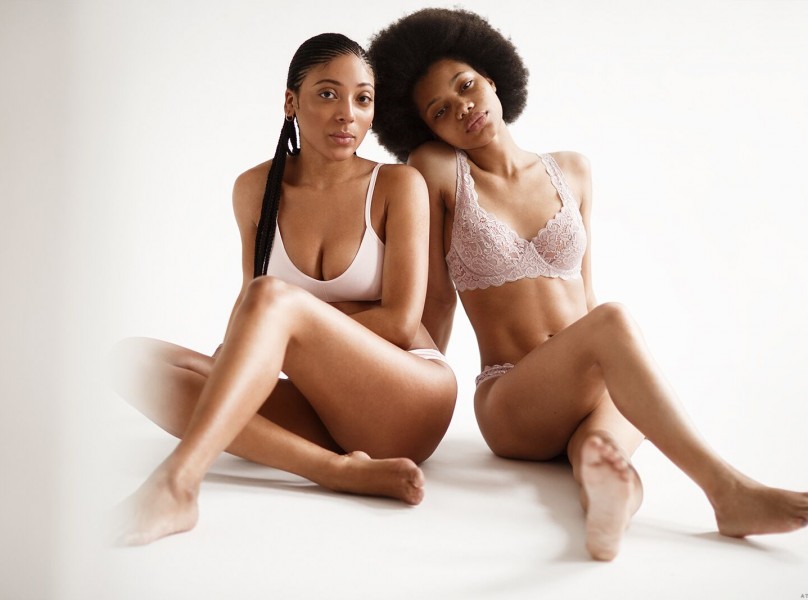




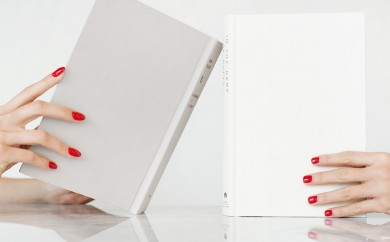
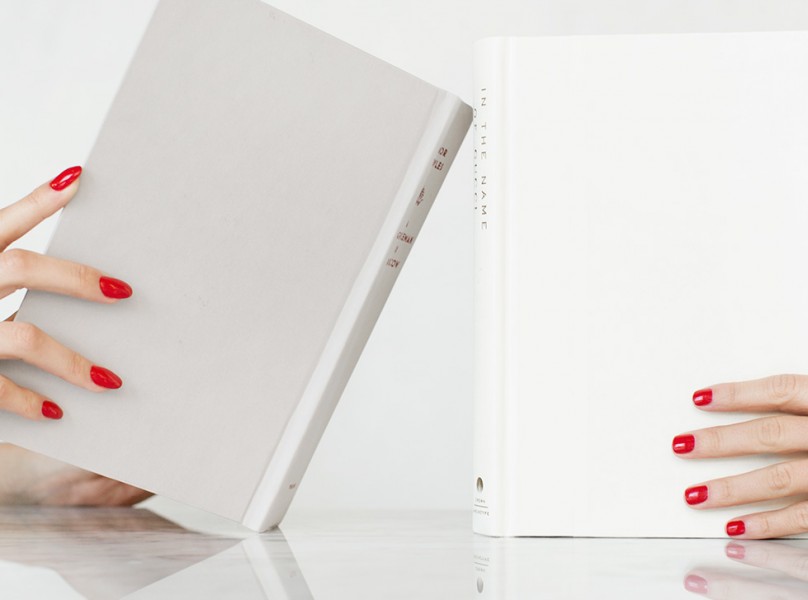
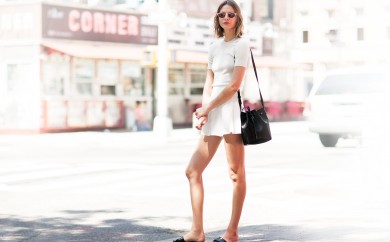
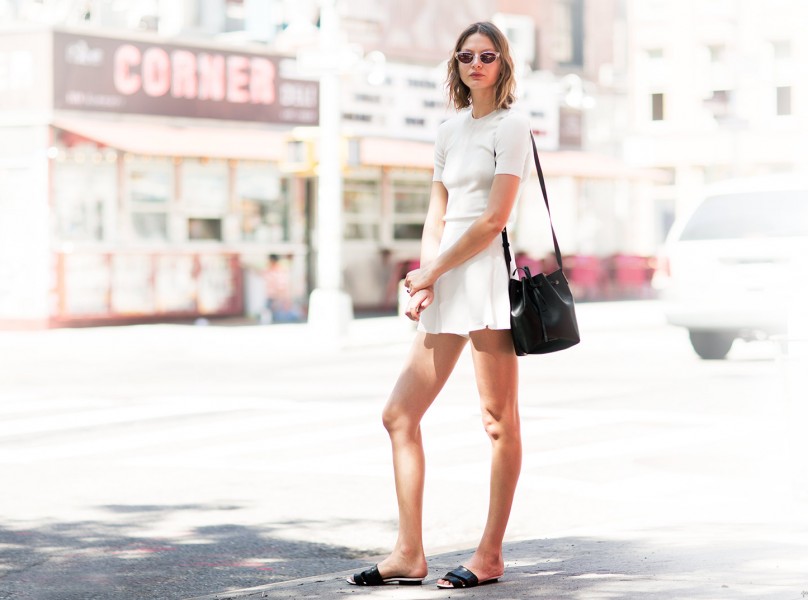
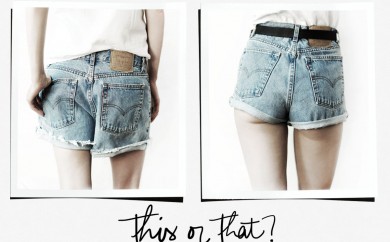
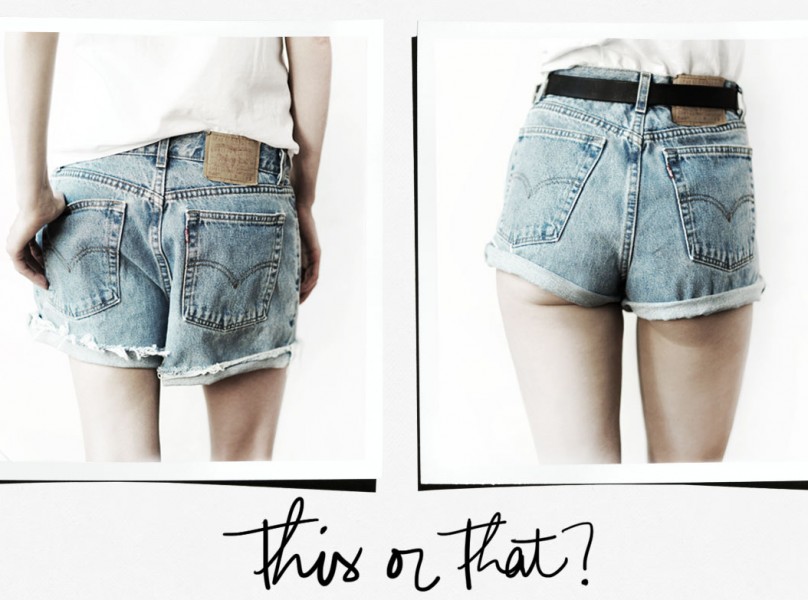
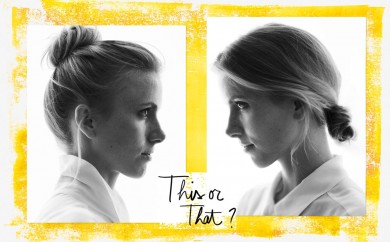
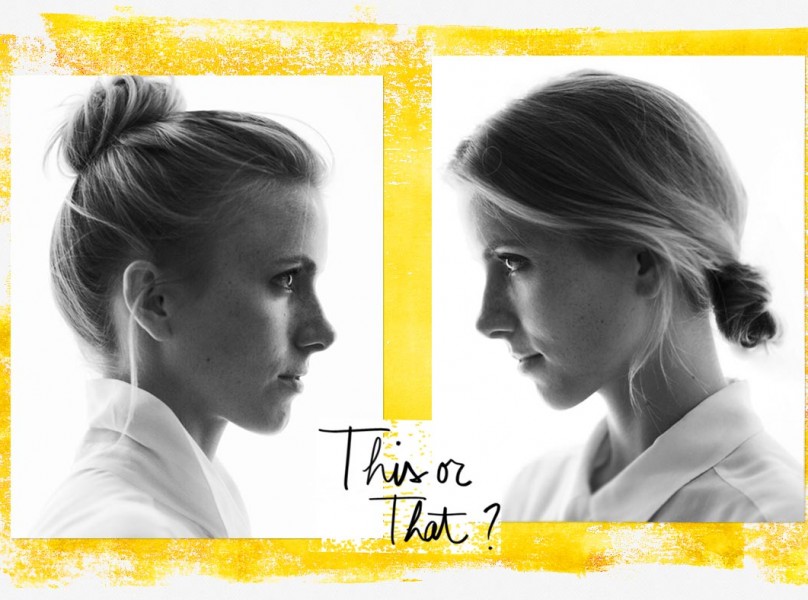



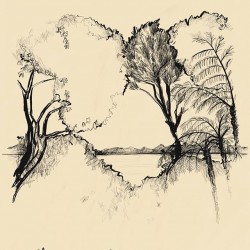
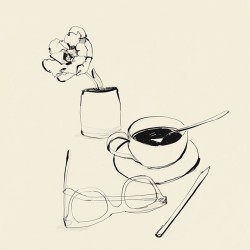
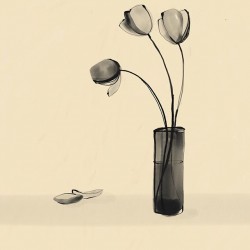
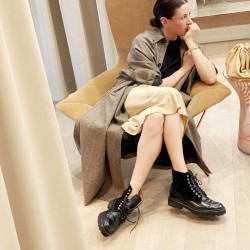

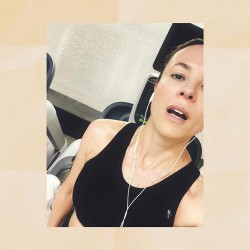
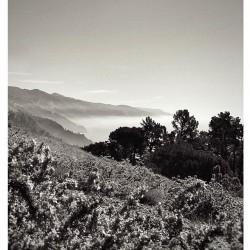
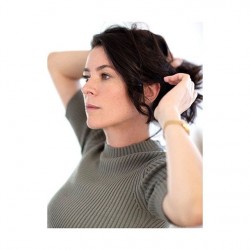
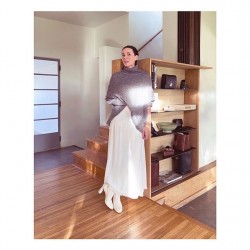
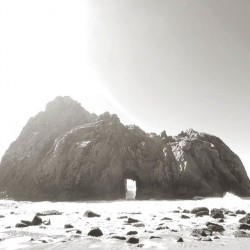
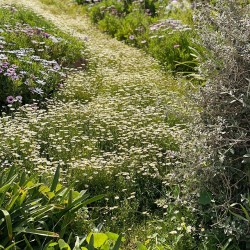
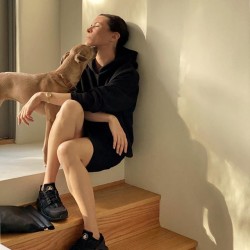

I have experienced this as well — I have never written so much poetry as when I was feeling desperation and dissatisfaction. Spot-on blog entry, Addison. Thank you for this.
c’est un fait: le récit du bonheur n’a jamais fait de grands romans…
Summing up… it think it’s all relative !!!
But, great topic of discussion, no doubt, *Addie !
(*Pardon my informality !)
Great article Addison! I LOVE that you guys have the CREATIVITY theme this month.
I’m a creativity advocate, it’s my love number one and I bring it into my private as well as into my professional life.
Though, I feel constantly restless and once I created a piece (painting or illustration), I’m not happy with it. I lose interest and feel this drive again to create something new, something else. So, in that sense, yes, dissatisfaction keeps my creativity going. Also, when there is a lot going on like in your tough life phase, it fuels my thinking and therefore I feel I have more topics to write about. However, feeling content and happy comes and goes as well but it’s always there – sometimes more, sometimes less. And it’s important and crucial to my creativity as well as I wouldn’t bring up all the energy I need for creation :-).